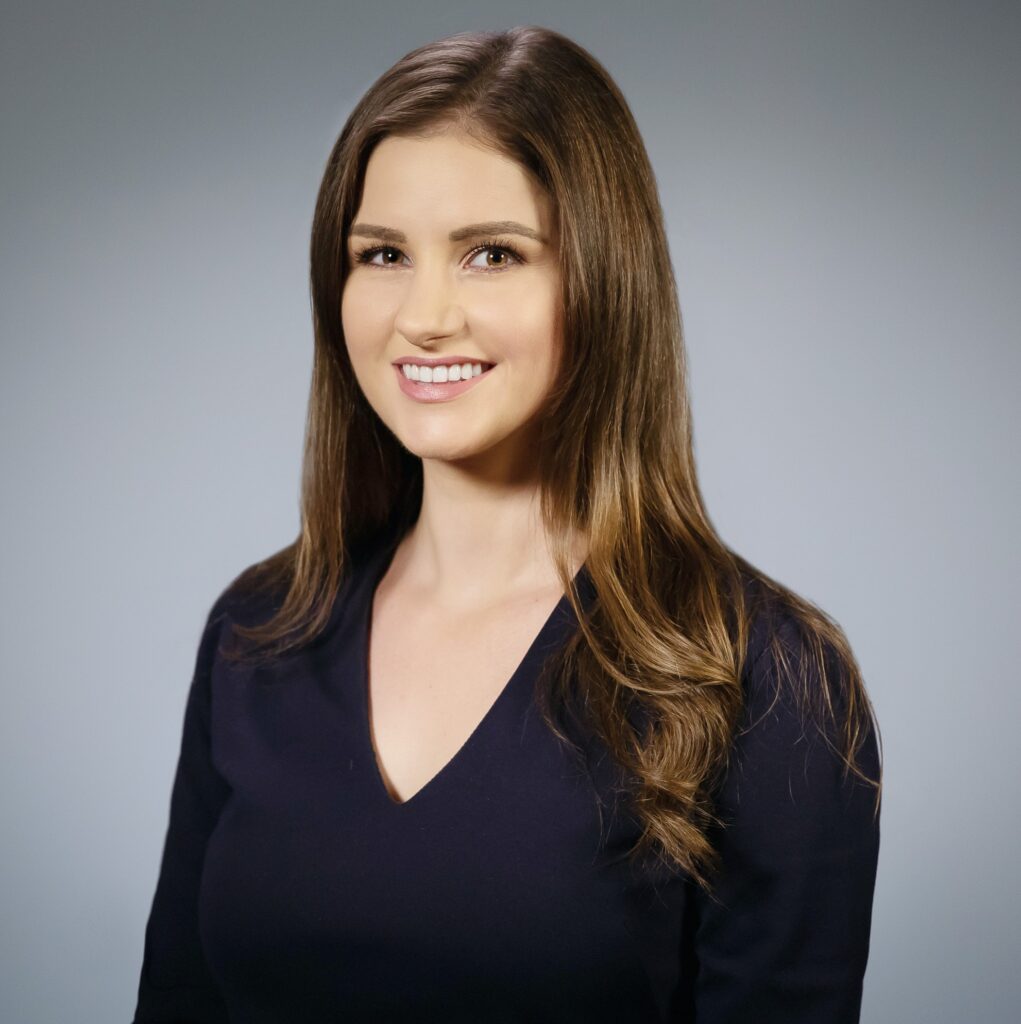We believe that with a strong support system, we can continue to break barriers and pave the way for success for women in this industry.
i Ihle, Head of North American Quantitative Trading for Global Spread Products at Citi, speaks about her journey into finance, learning engineering at MIT, and spider silk.
Britni, please tell us about your current role and how did you decide to pursue a career in finance?

I head a team called Quantitative Trading, which is a credit-focused group that trades automated strategies in corporate bonds and ETFs. It’s exciting because we are at the forefront of change in credit trading, helping the market to become more electronic and efficient. My journey into finance started in Madrid. I was studying abroad and trying to interview for internships at the same time. There weren’t many firms willing to cover travel expenses for a final round interview back in the US. But one that did happened to be in finance, so I gave it a try and found that I really enjoyed the quantitative side of finance. This fortuitous opportunity ultimately paved the way for the rewarding career I have now.
We’ve learned that you studied engineering at MIT and engineering is the most male-dominated field in STEM. Please tell us about your experience.
In high school, I started the robotics club and math club, and my favorite class was computer science, but there were few other women participating in these activities. When I first arrived at MIT, I was a part of a freshman orientation group where we built underwater robots. I remember looking around, amazed at how many women were doing it with me. MIT was a refreshing experience because the student population was nearly 50% women, even in engineering majors. Despite the undergraduate experience being challenging and often referred to as “drinking from a firehose,” I wish more women could get the exposure I did and could be surrounded by a diverse community of people in support of engineering and STEM fields.
What was the most interesting thing you’ve learned in your course?
I did my research in computational materials science, specifically on spider silk, which is about five times as strong as steel when normalized for weight. The incredible finding of this research was that hydrogen bonds are the key to spider silk’s strength at the nanoscale. This is surprising because hydrogen bonds are among the weakest of chemical bonds. But when hydrogen bonds are arranged in a suitable way, as they are in spider silk, they can provide high strength and toughness.
Why does spider silk excite you so much? Have you applied this knowledge in your daily life or at work?
Our research was at the intersection of nature and human-made materials. I was excited by the possibility that a biological or biomimetic material could prove to be useful in engineering. The possible use cases span cables, armor, fabric and various medical applications such as bandages, surgical thread and tissue replacement. While I no longer research spider silk, some of the concepts and skills surprisingly transferred to my current work. For example, employing models and simulations for spider silk mechanics parallels our use of these tools in algorithmic trading to forecast credit markets.
It’s been estimated that nearly 40% of women who earn engineering degrees either quit or never enter the profession. So, in your opinion, why do women who study engineering leave to pursue careers in other fields?
The statistic you mentioned raises a valid concern, and I suspect a fair number of men studying engineering also pursue careers in different fields. People who study engineering, regardless of their gender, often acquire valuable skill sets like problem solving, math, coding, and design, which can be applied to various STEM and quantitative fields. I know women who studied biological engineering who became doctors, and others who studied mechanical engineering and are successful computer scientists. They’ve leveraged their engineering backgrounds to excel in equally important fields. The focus should be on the versatile skills and knowledge gained through engineering education, allowing individuals to make significant contributions to diverse areas beyond their initial field of study.
Finance is also thought of as a male-dominated field. In your view, what will it take to make finance more gender-balanced?
There are a lot of different factors at play here, but one important one is that women have a support system, including mentors and role models. I had the pleasure of serving on an all-female trading desk early in my career, and through that experience I learned how to be authentic, especially when working in a male-dominated industry. I was able to do that because of the incredible support of the women on my team, who are still friends and mentors today. At Citi, we help cultivate this support system through women’s organizations, including a Women in Trading group that I co-lead. Our primary goal is to foster a supportive community that empowers women traders. We believe that with a strong support system, we can continue to break barriers and pave the way for success for women in this industry.
